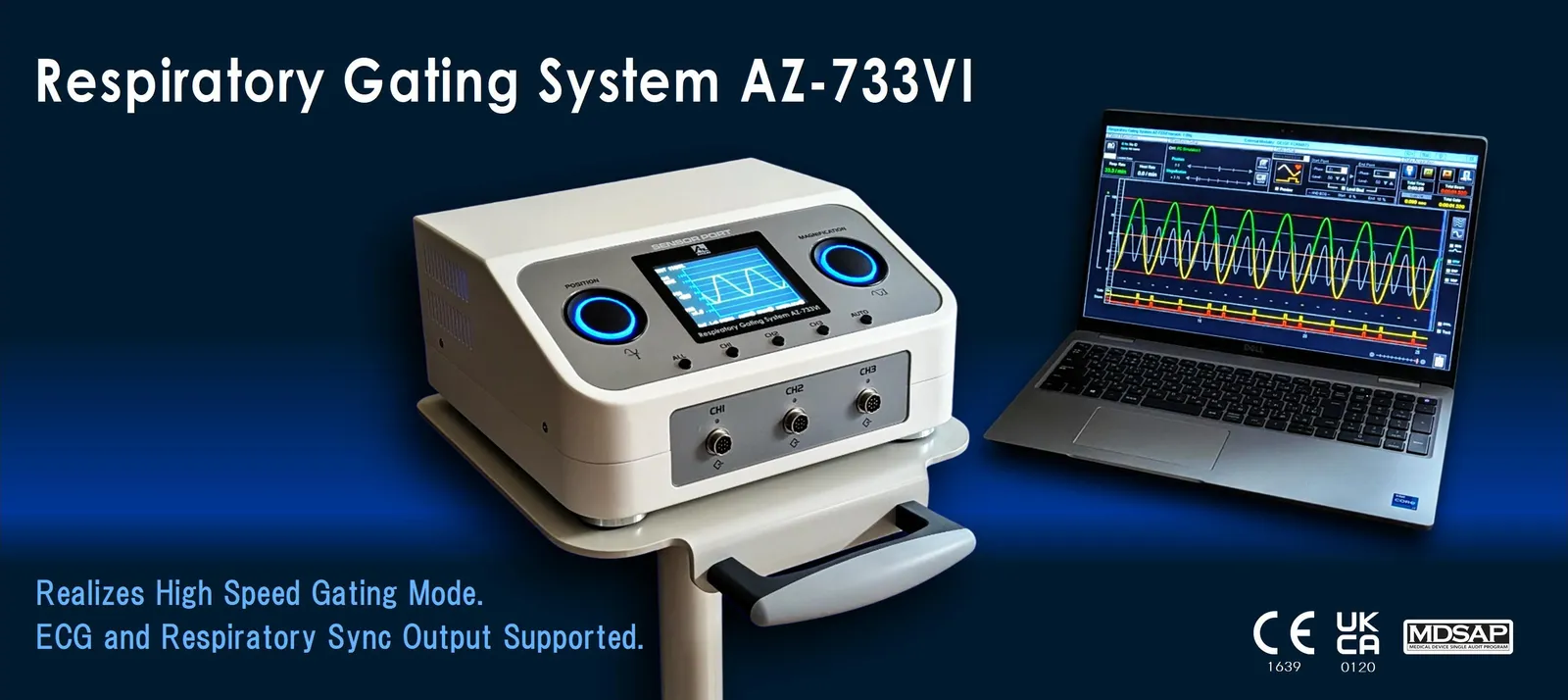
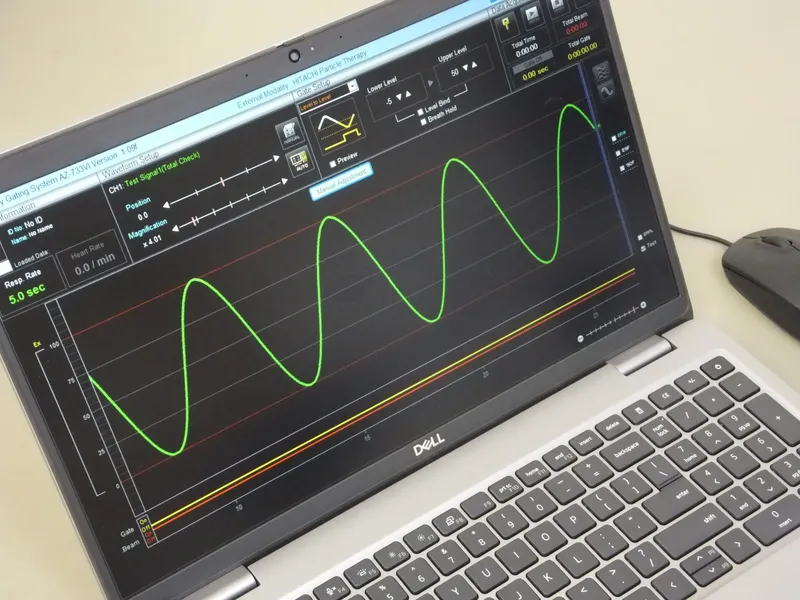
The issue with diagnosing and treating tumors in organs like the lungs and liver is that they move with the patient's breathing, affecting imaging and treatment accuracy. This movement can cause the resolution of the captured image artifacts to occur, and impact diagnosis quality. Additionally, during radiation therapy, there's a risk that the tumor won't get enough radiation while nearby healthy tissue might, leading to unwanted side effects.
Steady breathing follows a repeating pattern, allowing us to pinpoint specific breathing states like deep inhales or exhales. By timing imaging or treatment between these states, we can achieve precise results without being affected by breathing movements.
This is where respiratory gating systems come in. They use sensors to track breathing patterns and synchronize imaging or treatment accordingly. For example, with CT scans, these systems record a patient's breathing cycle to plan radiation therapy accurately.
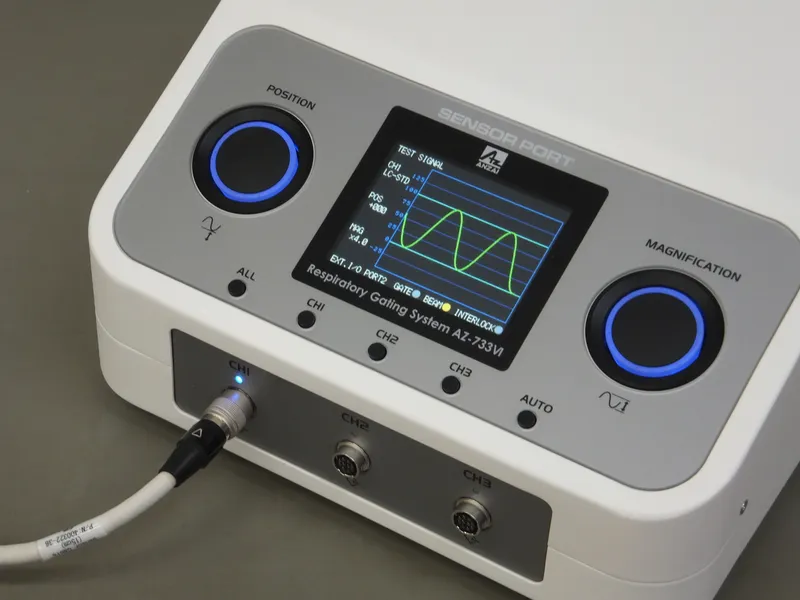
It's been more than 35 years since we, in collaboration with Tsukuba University Hospital, pioneered the world's first respiratory gating system in 1987. Over the years, Anzai Medical has continually refined our Respiratory Gating System AZ-733VI.
Responding to the increasing demand for faster respiratory gating systems in radiotherapy, we have achieved a respiratory signal output delay of 50 ms or less from signal detection to output. Alongside the standard load cell contact sensor, we now offer a laser sensor option for non-contact sensing, catering to diverse medical requirements. Moreover, the system supports connection and signal acquisition from up to three respiratory sensors simultaneously. Enhancements include the capability to conveniently monitor and adjust all sensor components from a sensor port installed in the treatment room, significantly reducing setup time.
Building upon the safety features of its predecessor, the AZ-733VI incorporates a sophisticated user interface on the personal computer screen for intuitive operation and preemptive setting checks to prevent errors. It also includes a standard gate disable switch to promptly respond to sudden changes in a patient's breathing pattern. To ensure flexibility in integrating with external devices such as diagnostic imaging and radiotherapy equipment, the AZ-733VI features up to three interface boards (two on the sensor port and one on the relay box). The gate signal is selectively output to a single device chosen via the computer interface, supporting a wide range of external devices and enhanced respiratory signal output modes from the AZ-733V model.
In radiotherapy for refractory ventricular arrhythmias, which is one of the current hot topics, synchronization of respiration and electrocardiogram is essential. Our AZ-733VI can simultaneously process the outputs of a respiration sensor and an electrocardiogram to generate a gate signal synchronized with both modalities. Clinical application is expected in the near future.
One of the key advantages of our respiratory gating unit, the AZ-733VI, is its capability to simultaneously capture both electrocardiogram (ECG) and respiratory signals. This dual-signal acquisition enables precise synchronization of radiation beam triggering with both cardiac and respiratory motion, making the AZ-733VI an ideal solution for cardio-respiratory gated radiotherapy.
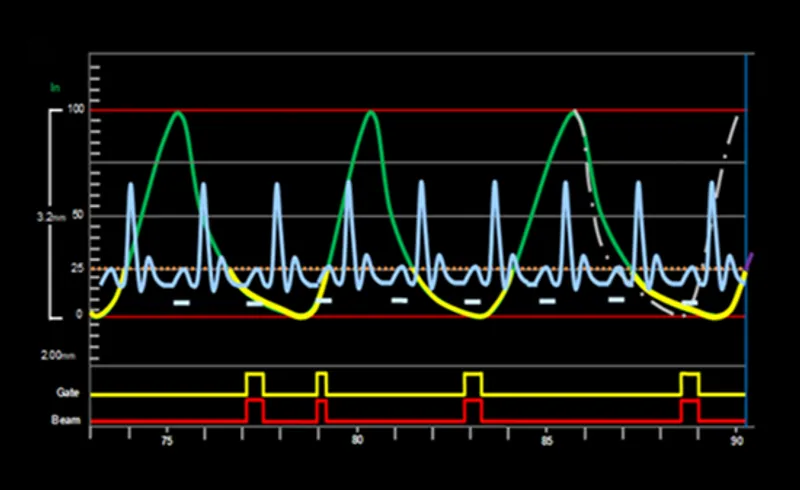
Anzai Medical's respiratory gating system is sold worldwide and approximately 2,000 units have already sold so far. It is also available to be used in combination with the following companies' radiation therapy devices and imaging diagnostic devices.
Two types of high-accuracy respiratory sensors can be used according to the modality to be combined.
It is a sensor that detects pressure with a strain gauge. By attaching the sensor to the patient with a belt, the movement of the body surface (change in abdominal pressure) due to respiratory movement is displayed as a respiratory waveform. "DEEP" and "STANDARD" are used according to the size of the abdominal movement. "STANDRAD" is used for standard movements, and "DEEP" is used for large movements. As a modality to be combined, it is ideal for PET-CT devices that allow patients to enter deep inside the gantry. For the setting of this sensor, see"How to install the load cell sensor"
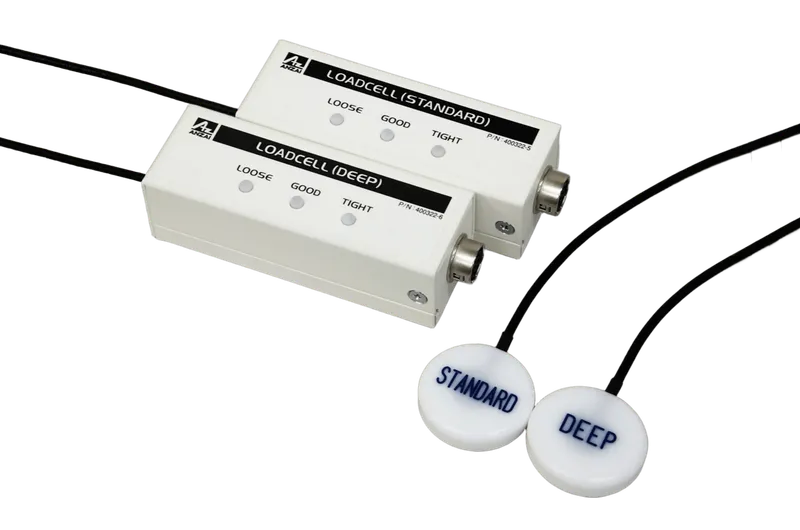
It is a sensor that measures the reflection of laser light (infrared). A laser beam is applied to the patient's skin and the movement of the body surface (displacement amount to the sensor) due to respiratory movement is displayed as a respiratory waveform. We have three types of 250mm, 120mm, and 85mm depending on the focal length of the laser. This sensor, which does not come into contact with the patient, is best suited as a modality to be combined with radiation therapy equipment. For the setting of this sensor, see"How to set the laser sensor".
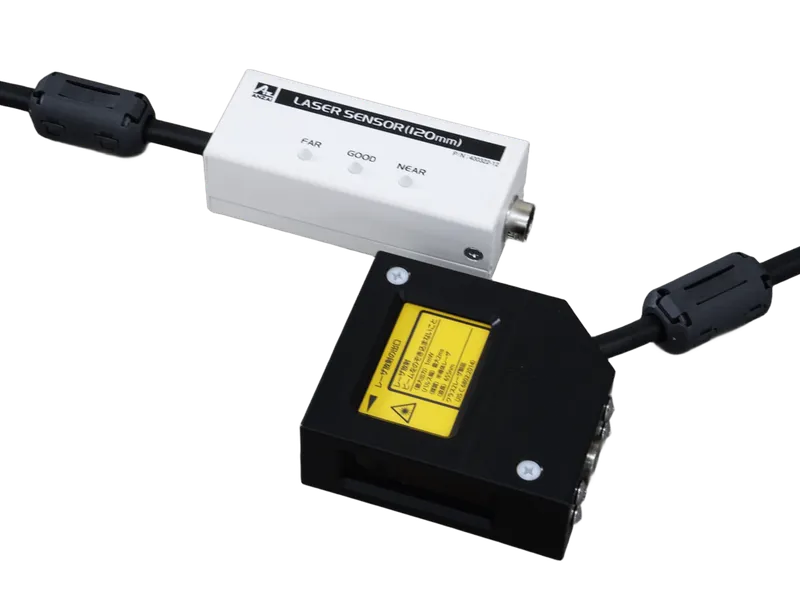
High-speed gate mode: within 25 msec Normal gate mode: Within 50 msec
Respiratory gating system is used in combination with radiotherapy equipment and image diagnostic equipment. The biggest subject to reduce the performance for modalities being combined was to reduce latency. Compared to conventional equipment, the speed is reduced to 1/4 in high-speed gate mode and 1/2 in normal gate mode. This makes it possible to realize more accurate radiation treatment and image diagnosis than ever before. The delay time is the time from when the sensor detects the movement of the body surface due to respiratory movement until the gate signal is output.
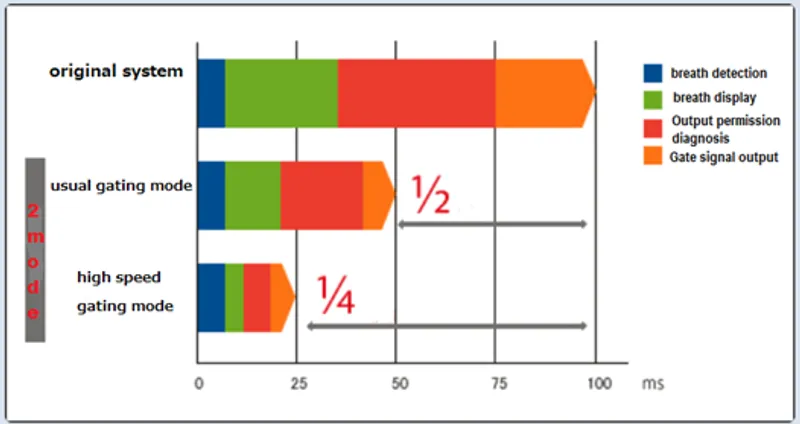
Conventionally, one external device was connected to one device, but AZ-733VI can connect up to three types of external devices to one device. This allows the same respiratory synchronization system to be used when migrating from simulated CT to treatment, enabling low budget implementation.
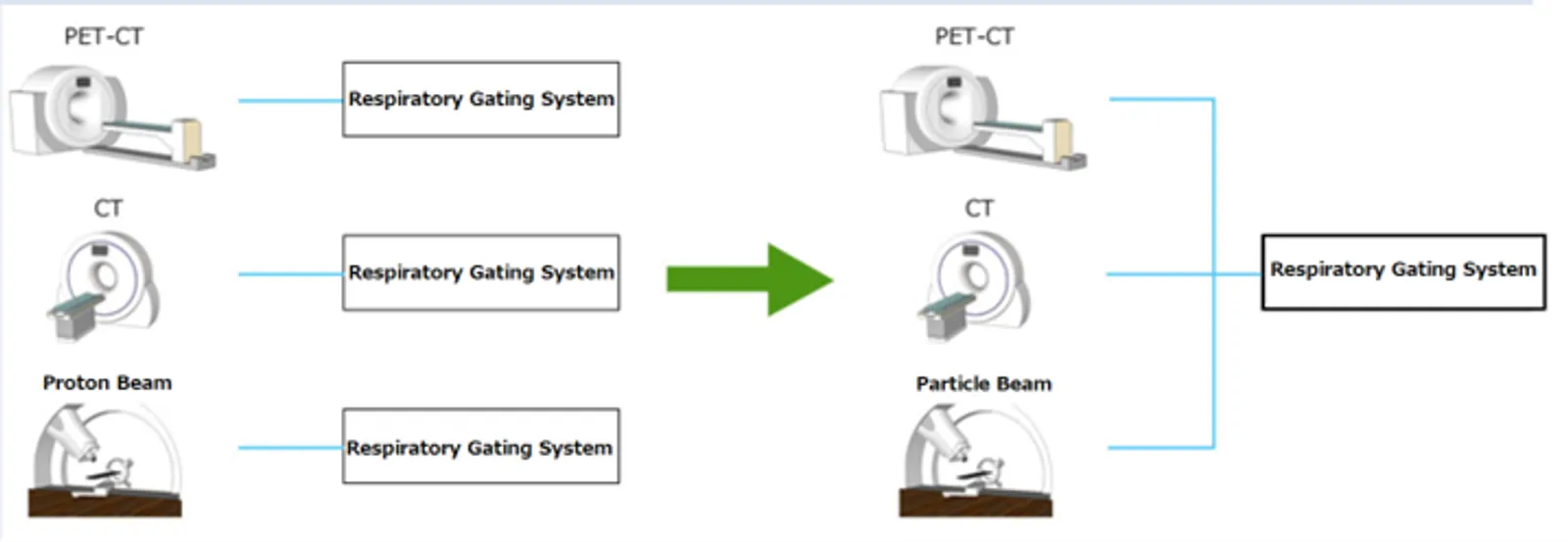
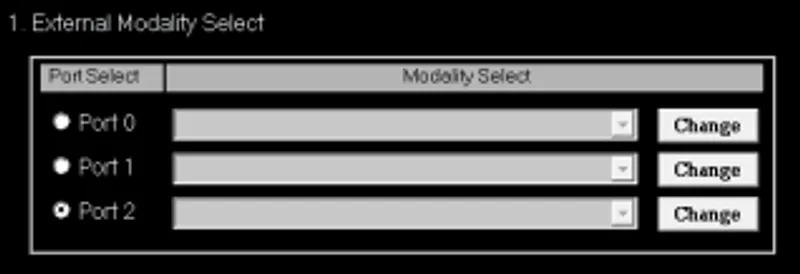
Select the device to output the gate signal on the software.
*Note that the gate signals cannot be output simultaneously.
Respiratory gating system AZ-733VI can use up to 3 respiratory sensors simultaneously. Since the movement to the body surface due to respiratory movements differs depending on the patient, it is possible to capture respiratory information from multiple locations and perform respiratory gating at the most stable location.
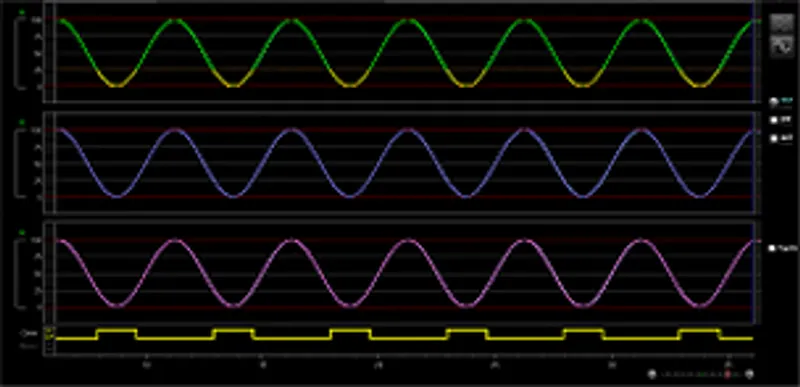
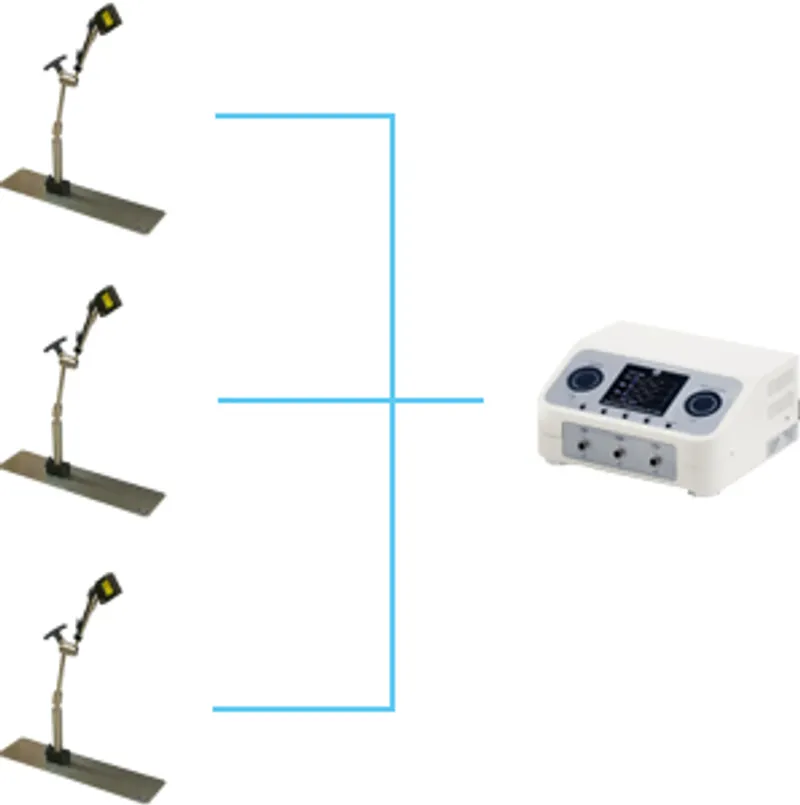
Respiratory gating system AZ-733VI has a function to output an electrocardiographic/respiratory sync signal by connecting an electrocardiograph. When the arbitrarily set respiratory sync signal and electrocardiographic sync signal overlap, the electrocardiogram/respiratory sync signal is output to an external device.

By operating the rotary encoder mounted on the sensor port, the respiratory waveform can be adjusted near the patient. It is no longer necessary to return to the operation room and adjust the waveform from the software after installing the sensor as in the past. In addition, the waveform is displayed on the LCD screen of the sensor port, which improves reproducibility when mounting the sensor.
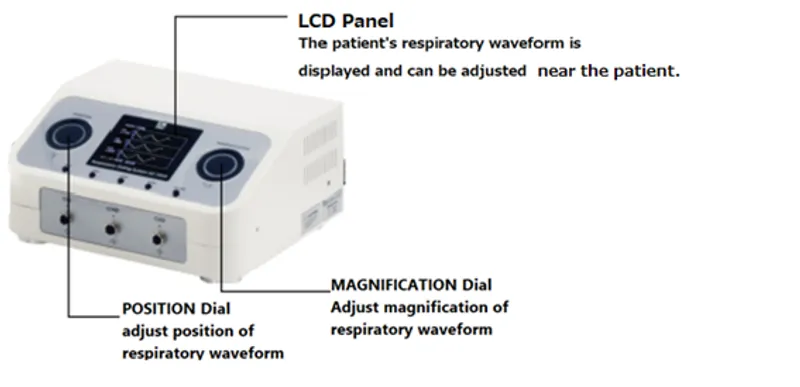
In addition to saving and replaying the saved patient data, the respiratory information is displayed in time series to facilitate understanding of the patient's respiratory characteristics, and a histogram is displayed by aggregating by respiratory level or respiratory rate
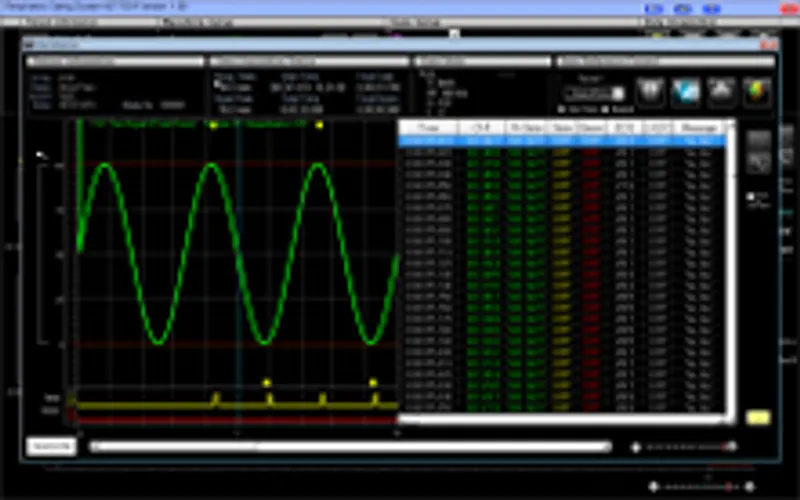
Table display of patient data
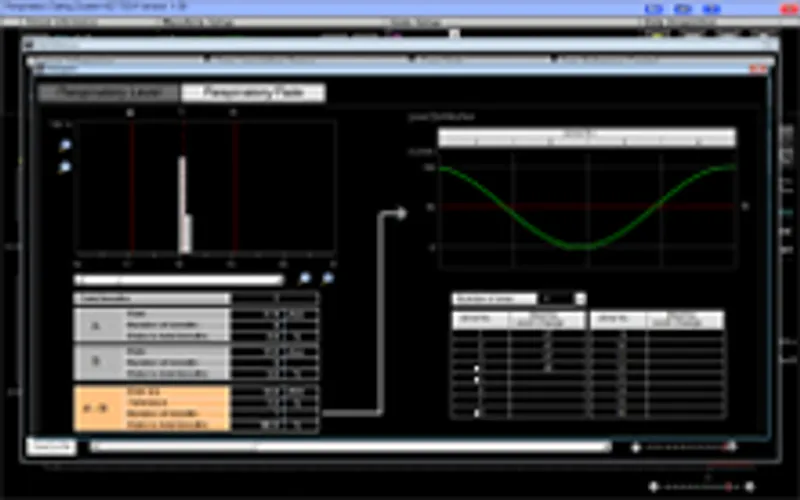
Histogram display of patient data
A new "Level to Level" mode, which is mainly used for radiation therapy, has been added. The gate signal is output to an external device by deciding the phase that is less affected (moved) by the respiratory phase. Since the gate signal is output within the set level regardless of expiration or inspiration, breath-hold irradiation is also possible.
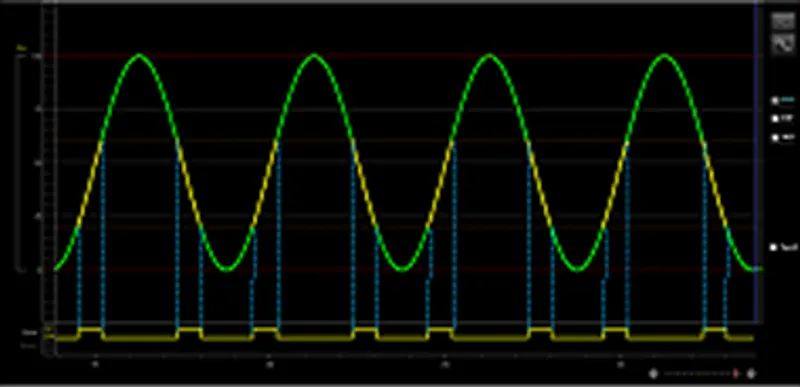
The above outputs the gate signal at Level 20-60, and two gate signals are output during one respiratory cycle.
Respiratory gating is a treatment/imaging that depends on the patient's respiratory condition. We have prepared a respiratory monitor so that the patient can see the respiratory waveform and consciously breathe. It is hoped that the patient's breathing condition will be stable and the treatment/diagnosis time will be shortened.
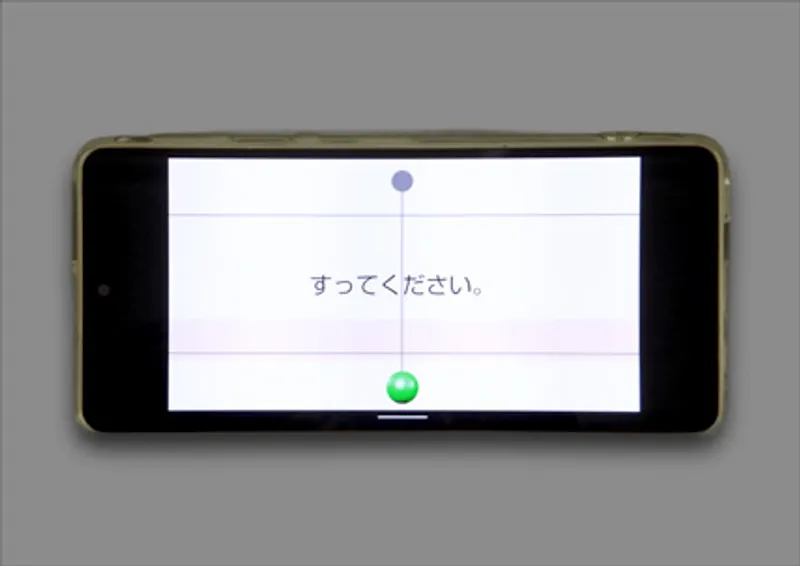
In an emergency, you can use the gate cutoff switch to forcibly stop the gate signal output.

When the following breathing abnormalities are detected, an error message is displayed on the software and the gate output to the external device is stopped.
Dimension: | 260 x 230 x 126 mm |
|---|---|
Weight: | about 5.0kg |
Power supply: | AC100-240V (50/60Hz), 200VA or less |
Monitor: | Respiratory waveform information display, connected sensor display |
Others: | Automatic adjustment of respiratory waveform of connected respiratory sensor |
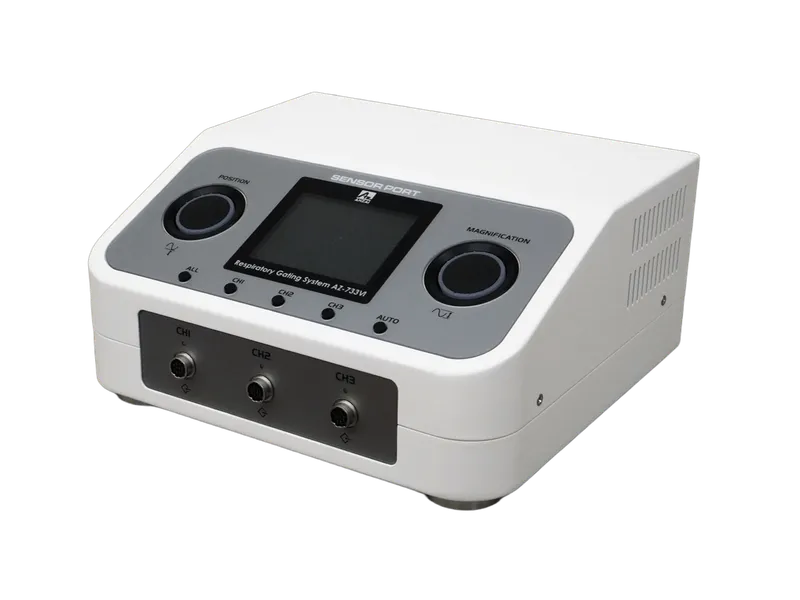
Dimension: | 172 x 123 x 86 mm |
|---|---|
Weight: | about 2.0kg |
Output signal: | Gate signal, (beam signal, waveform information, interlock) |
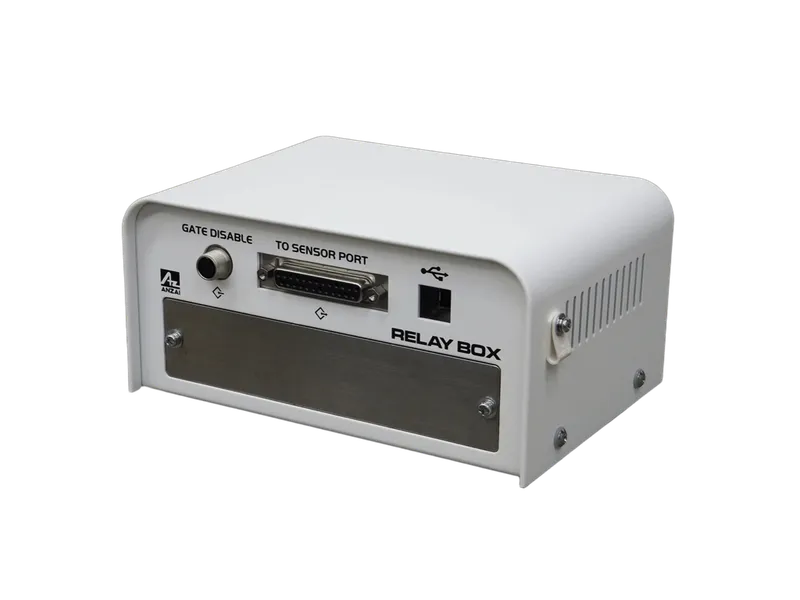
Dimensions Sensor part: | 30φ x 9.5, load cell amplifier: 85 x 27 x 30 mm |
|---|---|
Weight: | about 95g |
Measuring range: | 0-500g (STANDARD), 0-1000g (DEEP) |
Cable length: | 2.9m |

Dimension: | 70 x 35 x 50 mm |
|---|---|
Weight: | about 0.3kg |
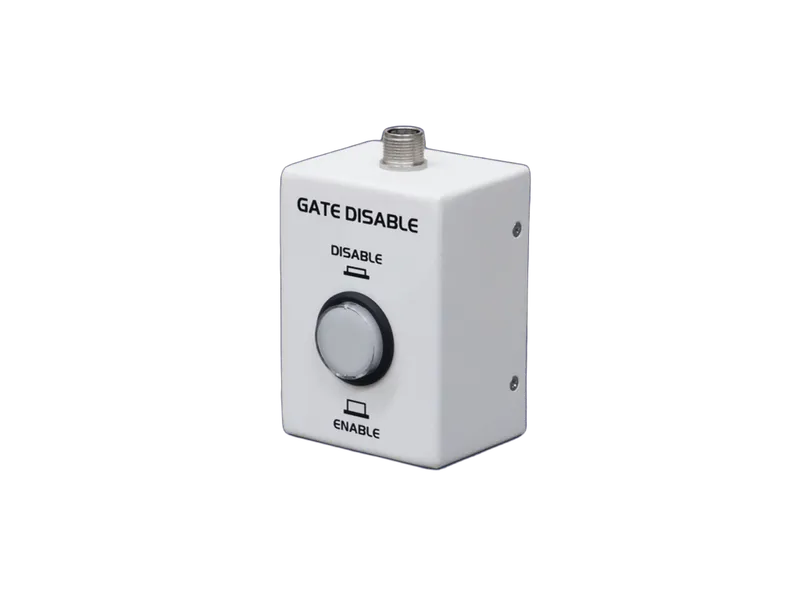
Power supply: | AC100-240V (50/60Hz), 200VA or less |
|---|---|
OS: | Windows 10 |
Dimension: | 384 x 34 x 258 |
Weight: | about 3kg |
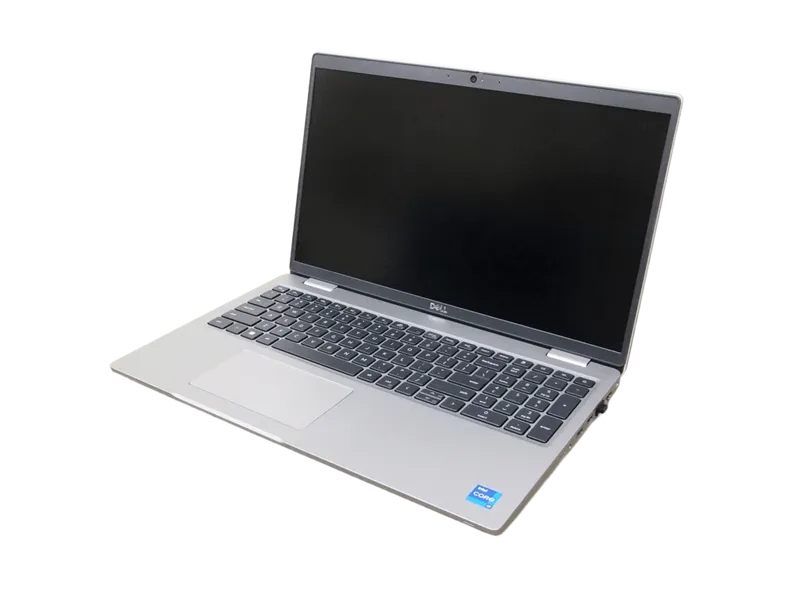
Length | S:650mm、M:1000mm、L:1300mm、LL:1600mm |
|---|---|
Width | 60mm(S, M, L, LL) |
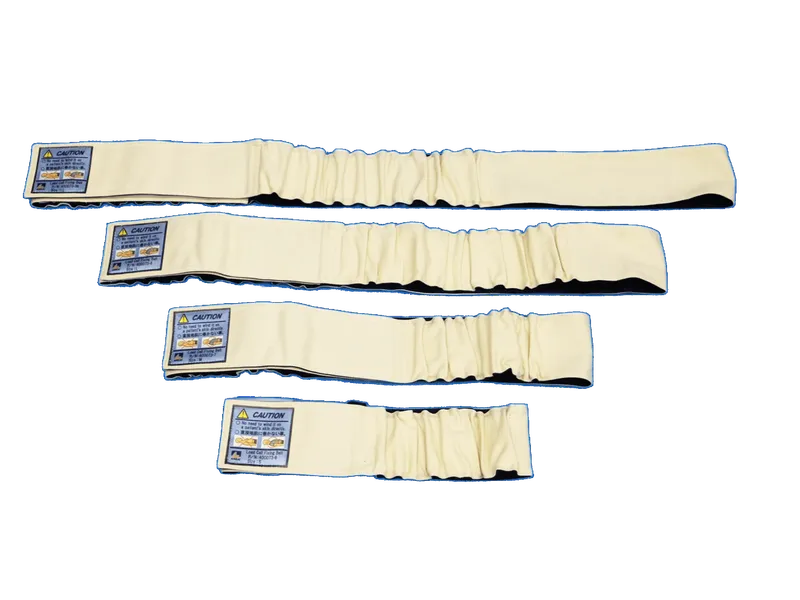
Dimensions Sensor part: | 67 x 22 x 57 mm, Laser sensor amplifier: 65 x 160 x 60 mm |
|---|---|
Weight: | about 360g |
Measuring range | (250mm): 250mm±150mm |
| (120mm): 120mm±60mm | |
| (85mm): 85mm±20mm |
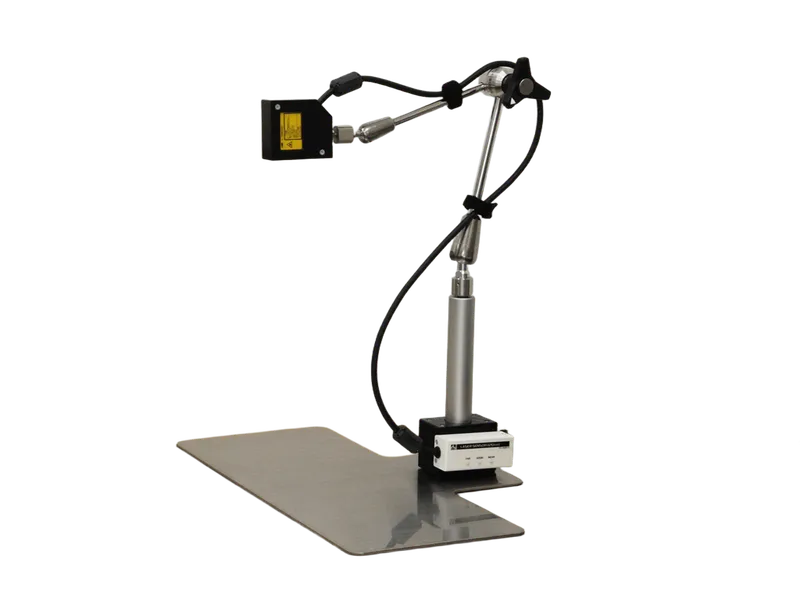
Power supply voltage | tablet: battery-powered transceiver: DC+12V (powered by AZ-733VI |
|---|---|
Transmission/reception frequency band | Tablet: 2.4GHz band Transceiver: 2402 to 2480MHz |
Dimensions | Tablet: 83 x 159 x 10 mm Transceiver: 85 x 35 x 25 mm |
Weight | tablet: Approx. 200 g Transceiver: Approx. 80 g |
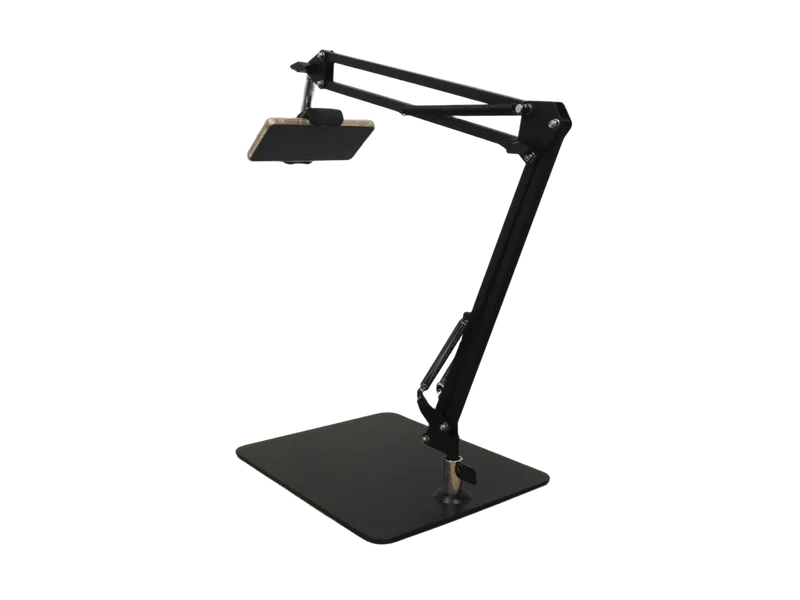
Size | Φ520×800mm |
|---|---|
Weigh | 8.7㎏ |
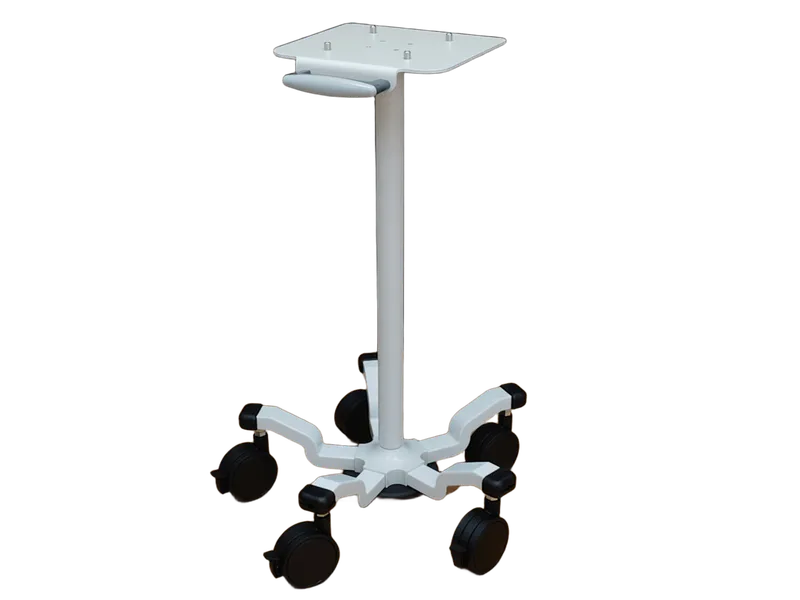

Dr. Takashi Ogino
Director, International Proton Therapy Center Connection Device: Proton therapy device (Mitsubishi Electric)
Purpose of use: Respiratory gated irradiation of lung and liver tumors
Dr. Ogino has been witnessed the establishment of the National Cancer Center East Hospital, which was the first proton therapy facility dedicated to medical treatment in Japan in 1996, and has been involved with Anzai Medical’s respiratory gating system for more than 10 years. Respiratory gated irradiation is indispensable for the treatment that obtains the effect of radiation focused on cancer lesions while reducing the effect on normal tissues, which is a characteristic of proton beam therapy. We would like to introduce the comments from Dr. Ogino who has lots of clinical experience. “In the early days of Anzai Medical’s respiratory gating system, handling the respiratory sensor was sometimes difficult, but with the current laser sensor, it is easy to administer to the patient, and the obtained respiratory waveform also correlates with the target. I am convinced that respiratory-gated irradiation is generally said to be longer and more inefficient than regular irradiation, but it does not take much time in cooperation with the patient. Rather than pointing out that the efficiency of the treatment time is reduced by performing respiratory-gated irradiation, the side effect of irradiating the human body with radiation (normal tissue) It seems that there is a relative risk in the treatment that does not make use of the characteristics of the proton beam, which can suppress the inflammation of cancer and the cancer that arises from low exposure).
It is very strange for me that there are few examples of Respiratory sync irradiation”.
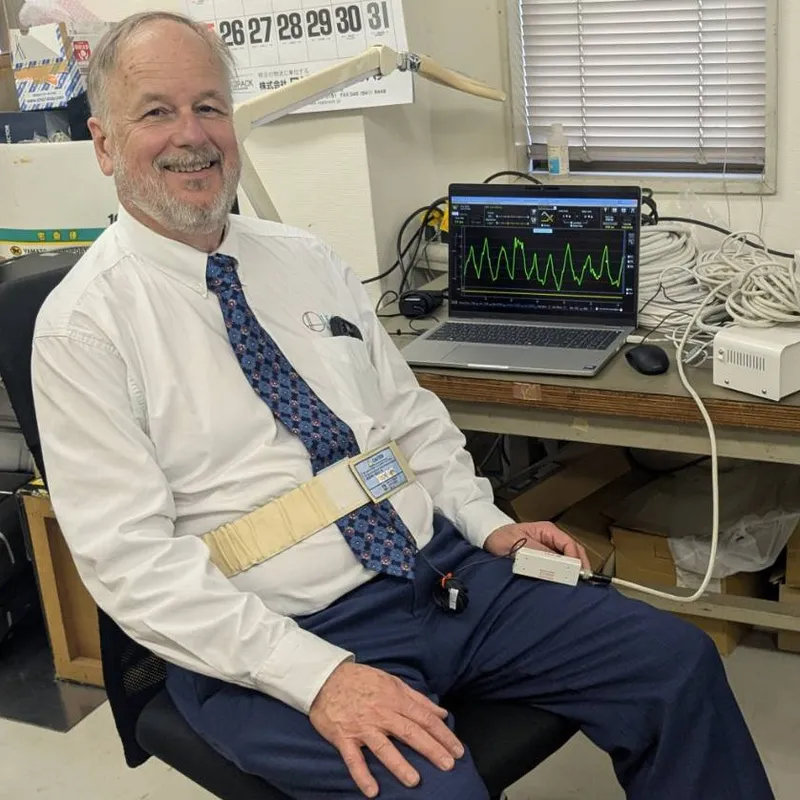
Dr. Thomas Rock Mackie
Professor Emeritus, University of Wisconsin
Co-founder and Chairman, Leo Cancer Care Ltd.
Dr. Rock Mackie recently visited our company after giving a seminar lecture at the High Precision Radiation External Irradiation Division Meeting in Sapporo. He met with our president and staff, and toured our factories.
He wrapped the fixing belt with the loadcell of our AZ-733VI Respiratory Gating System around his abdomen and closely watched his own breathing waveforms.
He said the AZ-733VI was "easy to learn, easy to use, and sensitive." We were all very encouraged by his comments. We will continue to use Dr. Rock Mackie's words when we further develop our products.
1. Hoshina M, Noguchi M, Takanashi M, Masuda K, Sugahara S. Clinical Implementation and Initial Validation of Respiratory-Gated Stereotactic Body Radiotherapy for Thoracoabdominal Tumors Under Abdominal Compression Using an Anzai Laser-Based Gating Device With Visual Guidance on an Elekta Linear Accelerator. Cureus. 2024;16:e59638. DOI: 10.7759/cureus.59638
2. Hoshina M, Noguchi M, Sekihara H, Masuda K, Shinmura M, Sugahara S. Chest Wall to Heart Distance Reproducibility in Postoperative Deep Inspiration Breath-Hold Radiotherapy for Left-Sided Breast Cancer Using an Anzai Laser Sensor With Visual Feedback. Cureus. 2024;16:e53183. DOI: 10.7759/cureus.53183
3. Walker MD, Morgan AJ, Bradley KM, McGowan DR. Data-Driven Respiratory Gating Outperforms Device-Based Gating for Clinical 18F-FDG PET/CT. J Nucl Med. 2020;61:1678-1683. DOI: 10.2967/jnumed.120.242248
4. Cummings D, Tang S, Ichter W, Wang P, Sturgeon JD, Lee AK, Chang C. Four-dimensional Plan Optimization for the Treatment of Lung Tumors Using Pencil-beam Scanning Proton Radiotherapy. Cureus. 2018;10:e3192. DOI: 10.7759/cureus.3192
5. Snyder JE, Flynn RT, Hyer DE. Implementation of respiratory-gated VMAT on a Versa HD linear accelerator. J Appl Clin Med Phys. 2017;18:152-161. DOI: 10.1002/acm2.12160
6. Büther F, Vehren T, Schäfers KP, Schäfers M. Impact of Data-driven Respiratory Gating in Clinical PET. Radiology. 2016;281:229-38. DOI: 10.1148/radiol.2016152067
7. Martinez-Möller A, Zikic D, Botnar RM, Bundschuh RA, Howe W, Ziegler SI, Navab N, Schwaiger M, Nekolla SG. Dual cardiac-respiratory gated PET: implementation and results from a feasibility study. Eur J Nucl Med Mol Imaging. 2007;34:1447-54. DOI: 10.1007/s00259-007-0374-9
8. Cui G, Housley DJ, Chen F, Mehta VK, Shepard DM. Delivery efficiency of an Elekta linac under gated operation. J Appl Clin Med Phys. 2014;15:4713. DOI: 10.1120/jacmp.v15i5.4713
9. Grootjans W, de Geus-Oei LF, Meeuwis AP, van der Vos CS, Gotthardt M, Oyen WJ, Visser EP. Amplitude-based optimal respiratory gating in positron emission tomography in patients with primary lung cancer. Eur Radiol. 2014;24:3242-50. DOI: 10.1007/s00330-014-3362-z
10. Keall PJ, Mageras GS, Balter JM, Emery RS, Forster KM, Jiang SB, Kapatoes JM, Low DA, Murphy MJ, Murray BR, Ramsey CR, Van Herk MB, Vedam SS, Wong JW, Yorke E. The management of respiratory motion in radiation oncology report of AAPM Task Group 76. Med Phys. 2006 ;33:3874-900. DOI: 10.1118/1.2349696
11. Walker MD, Morgan AJ, Bradley KM, McGowan DR. Data-Driven Respiratory Gating Outperforms Device-Based Gating for Clinical 18F-FDG PET/CT. J Nucl Med. 2020;61:1678-1683. DOI: 10.2967/jnumed.120.242248
12. Mizuno H, Saito O, Tajiri M, Kimura T, Kuroiwa D, Shirai T, Inaniwa T, Fukahori M, Miki K, Fukuda S. Commissioning of a respiratory gating system involving a pressure sensor in carbon-ion scanning radiotherapy. J Appl Clin Med Phys. 2019;20:37-42. DOI: 10.1002/acm2.12463
13. Robin P, Bourhis D, Bernard B, Abgral R, Querellou S, Le Duc-Pennec A, Le Roux PY, Salaün PY. Feasibility of Systematic Respiratory-Gated Acquisition in Unselected Patients Referred for 18F-Fluorodeoxyglucose Positron Emission Tomography/Computed Tomography. Front Med (Lausanne). 2018;5:36. DOI: 10.3389/fmed.2018.00036
14. Goo HW, Allmendinger T. Combined Electrocardiography- and Respiratory-Triggered CT of the Lung to Reduce Respiratory Misregistration Artifacts between Imaging Slabs in Free-Breathing Children: Initial Experience. Korean J Radiol. 2017;18:860-866. DOI: 10.3348/kjr.2017.18.5.860